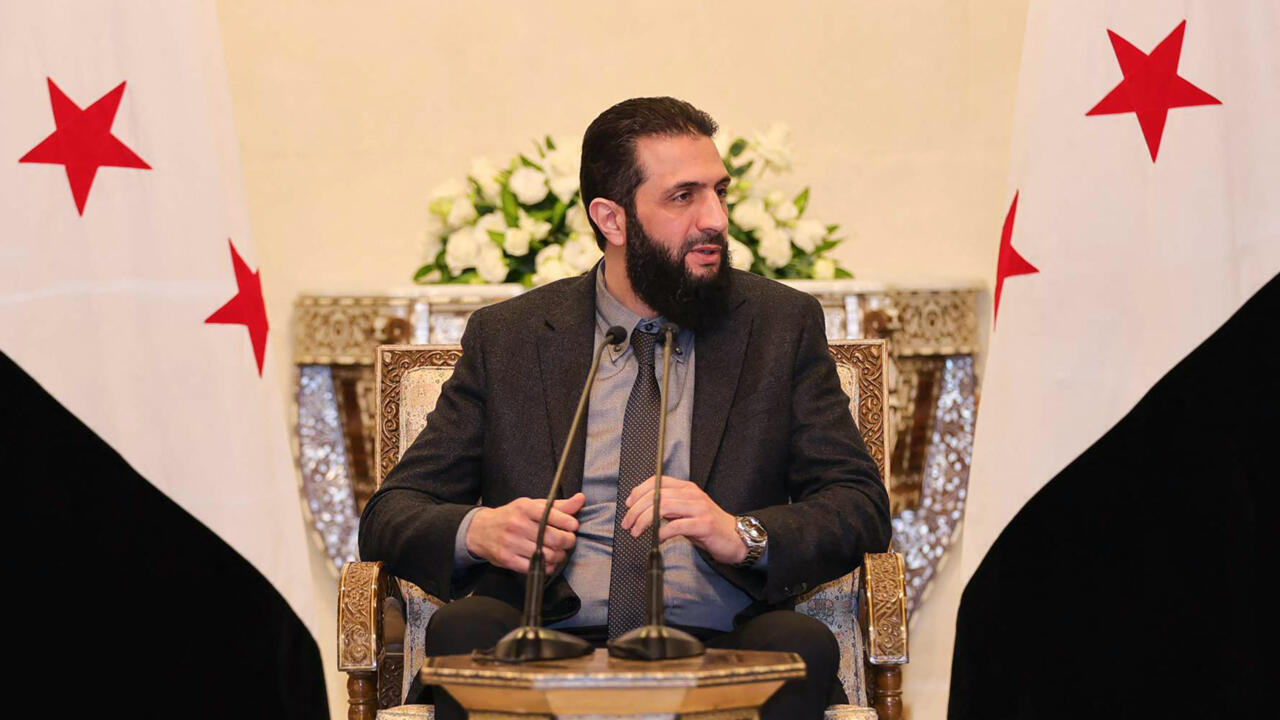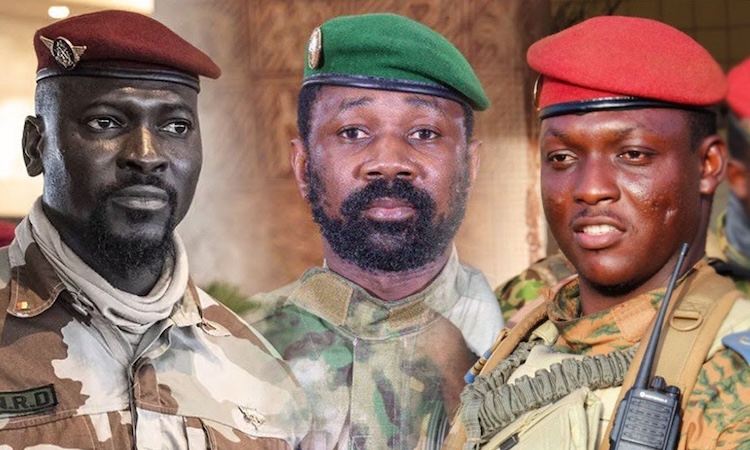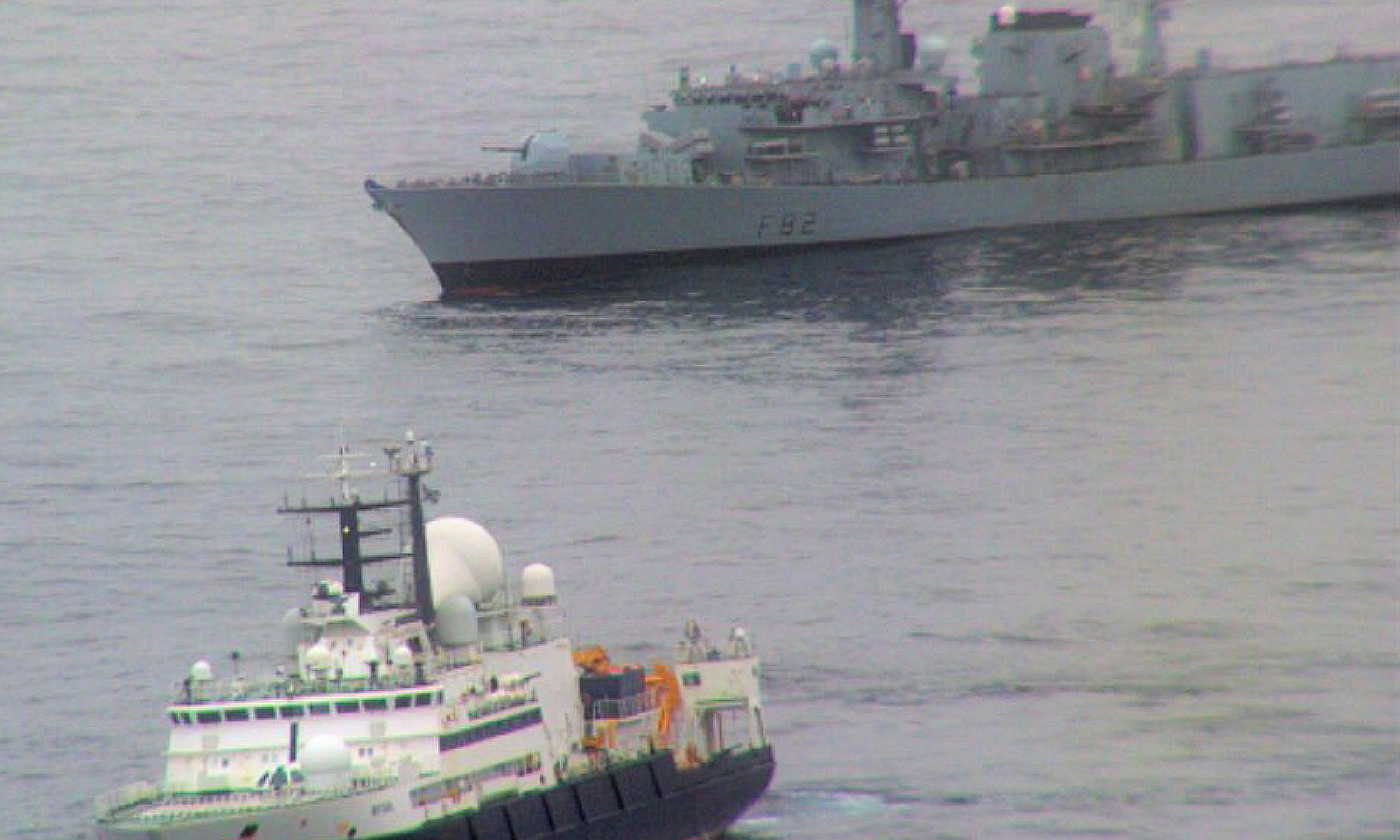On 6 May, the Syrian Arab Army (SAA) launched a successful counter-offensive against the wave of terrorism being instigated against neighbouring settlements and army positions by the al-Qaeda affiliate al-Nusra (aka HTS) and its auxiliaries from their last-ditch positions in Idlib and northern Hama provinces (northwestern Syria).
Syrian army grasps the Idlib nettle
Attacks on civilians and army positions had accelerated in recent months, and Syrian defences have had to cope with wave after wave of weaponised drones. Back in March, a Russian air strike destroyed a warehouse full of drones intended to attack the Russian airbase at Khmeimim, in Latakia province. The airbase has subsequently had to repel dozens of rockets launched from areas under al-Nusra control.
Meanwhile, the civilian population of villages loyal to the government, such as Al-Suqaylabiyah and Mahardah in the north of Hama, have watched as their homes have been flattened by shell fire. Reports detail the shelling of Skelbia and Mgair (Hama province) and Mamuiya and Sanjeka (Latakia province), among others.
Matters came to a head in the first week of May, when Russian military intelligence made it clear that groups of terrorists were being mobilised into a strike force threatening a full-scale assault on Hama, massing near Latamna and Kafer-Zaita in the south of Idlib. (Militants in Syria create strike force in south of Idlib zone, TASS, 4 May 2019)
The Syrian army, having stayed its hand for so long under the severest provocation, now acted swiftly. On 11 May it liberated five villages in the north-west of Syria, reaching to the provincial border between Idlib and Hama. Government forces were able to head off the terrorist strike force, killing over 40 enemy and destroying a command centre and a number of warehouses used by al-Nusra.
The army is pursuing the strategic goal of securing the main highway between Hama and Aleppo and protecting the villages in the Sahl al-Ghab valley, thereby ending the residents’ torment of perpetual shelling.
Western hypocrisy
Little or nothing was said by the great and the good of the self-appointed ‘international community’ as the daily terror attacks launched from Idlib turned life into a nightmare for the beleaguered settlements. This circumspection ceased abruptly, however, the moment that the Syrian army’s counter-offensive kicked in.
An emergency meeting of the United Nations security council was called and members were briefed on developments in the north-west. After the briefing, the US, British and French members orchestrated a joint statement from 11 out of the 15 members that piously condemned the killing of civilians and warned of an impending humanitarian catastrophe – with the implication that this was a consequence of the Syrian army’s counter-offensive, the diametrical opposite of the real state of affairs.
The humanitarian crisis is ongoing, not ‘impending’ – only most of the civilian victims of al-Nusra and its affiliated gangs are not reported in the mainstream corporate media, which are exclusively focused on demonising the Syrian government.
Idlib: demilitarised?
It will be remembered that, last September, the Russian and Turkish governments agreed to establish a demilitarised zone (DMZ) in Idlib, putting on hold the city’s liberation by the Syrian army long enough for Turkey to use its influence to isolate the al-Nusra hardliners from the supposedly more ‘moderate’ terror gangs – thereby reducing the toll in human lives.
In practice, the withdrawal of heavy weaponry was only partial, and Turkey’s would-be mediating role failed to isolate al-Nusra. Instead, the subordinate jihadi gangs fell in behind al-Nusra’s lead, now forming an aggressive strike force which could not but invite a military response from the Syrian government in Damascus.
The Moscow/Ankara agreement, while it can be said to have failed in its immediate objectives, nevertheless demonstrated to the world the readiness of Syria and its Russian allies to exhaust every diplomatic opportunity that presented itself if thereby the bloodshed could be reduced.
Diplomatic cooperation on this and other issues has also helped loosen Turkey from Nato and Washington. True, the Turkish defence minister felt obliged to say that the Syrian army should halt its offensive, claiming that it poses a ‘threat to the security’ of Turkey’s observation posts in the north-west of Syria.
Quite how Syrian army operations conducted on Syrian soil should require permission from Ankara is somewhat of a conundrum. But Russia’s deputy foreign minister did not waste time on such riddles, merely pointing out that: (a) the operation was a reaction to terrorists in the area, and (b) it was carried out “in coordination with our Turkish neighbours”. Ankara has yet to deny this.
East of the Euphrates: Kurdish occupiers fail to win hearts and minds
Whilst in the north-west the Syrian army moves against al-Nusra, in the north-east US imperialism is running into problems with its project to establish the Kurdish-led SDF (Syrian Democratic Forces) in permanent occupation of the oil-rich area east of the Euphrates, as proxies to grease the wheels for US oil theft and geopolitical interests.
But in order to make this plan fly, using the Kurds to block the resumption of Syrian sovereignty, it will be necessary to win at least the grudging acquiescence of the local populations whom the Kurds are supposed to be governing.
This is not proving easy. In theory, the SDF is an ‘umbrella’ group, but the reality is that it is the Kurdish separatists who dominate, with a few Arabs thrown into the mix to make the brew more palatable.
A recent Times report explained: “Arabs claim that they should control and profit directly from local resources. Activists said that protests had been held in villages across Deir Ezzor.
“‘Kurds have taken over everything while Arabs, the local people, have no role,’ Abu Ahmed, who organised protests in al-Basirah, said. ‘We want to co-rule with the Kurds but we refuse their unilateral leadership.’
“The crisis has brought to a head the problem facing the SDF-run region, which accounts for a quarter of Syria’s territory. Since the start of the civil war, when regime forces withdrew in return for a tacit promise that the Kurdish YPG [Kurdish separatists] would not join the revolution against [Syrian president Bashar] Assad, the Kurds have run this zone as a semi-autonomous statelet.
“After the YPG fought back against Isis with western support, it gradually extended its sway over the area east of the Euphrates. To ensure popular backing in cities such as Raqqa and Deir Ezzor, it created the SDF as an umbrella group, but the YPG remains its most important political component.
“If the west pulls out, the region is expected in time to fall back under regime control, direct or otherwise.” (Arabs and Kurds in tussle over oil by Richard Spencer, The Times, 8 May 2019)
For the area east of the Euphrates to ‘fall back under regime control’ – that is, to be liberated along with the rest of the country – would spell disaster for imperialist ambitions in Syria. The sight of Arab demonstrators burning tyres and blocking oil tankers in protest at the imposition by the US of Kurdish rule will not cheer imperialist hearts.
Nor will the failure of a much-touted ‘congress of tribes and peoples of Syria’ to attract any more than a scattering of Arab delegates, obliging the organisers to scale down their pretensions and relegate the ‘congress’ to the status of a ‘conference’.
Despite all the bribes and arm-twisting, including even recruiting half-starved participants from refugee camps like al-Hol, the conference in Ayn Issa town was a stage-managed PR disaster, revealing the lack of any broad popular support for western-backed Kurdish rule.
All who wish to take their place in a society that is independent and secularist, in which Kurds, Arabs, Assyrians, Turkmens, Armenians and Chechens can once more unite, will reject this parody of a multi-ethnic statelet at the beck and call of America and support the real thing instead.
Victory to the Syrian president, government, army and people!















